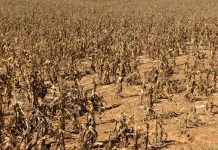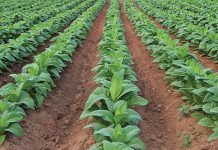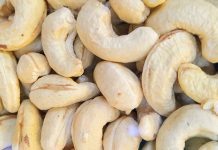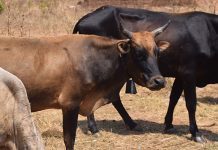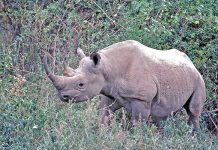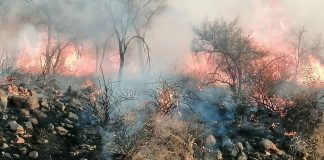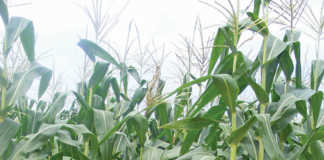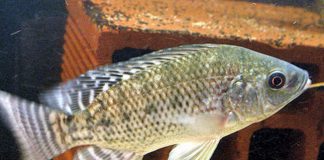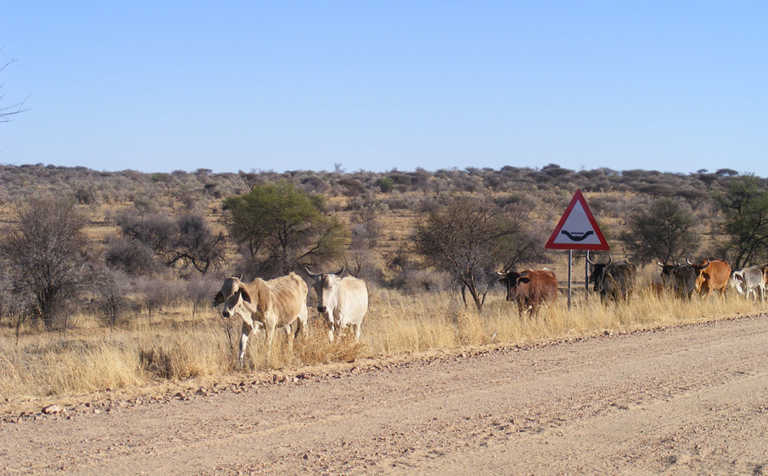
The devastating effect of the drought in Namibia is clearly illustrated in the Namibia Agricultural Union’s (NAU) first quarter review for 2019.
Bertha Ijambo, NAU economist, told Farmers’ Weekly that a challenging time awaited the country’s livestock producers, even if good rain was received during the next rainy season.
She said livestock herds were reduced dramatically and it would take time and money for producers to restock their farms should it rain in the next season.
“Production levels will drop because of the depleted livestock numbers. Because of the destruction of our rangelands it will take a few seasons for the grazing to recuperate sufficiently,” Ijambo added.
Livestock prices fell drastically, while the agri-inflation rate in the country increased 4,4% year-on-year during the first quarter of 2019.
This was mainly driven by an 8,6% year-on year-increase in feed costs, a 6,1% year-on-year increase in capital expenditure, and a 6,5% year-on- year increase in fuel prices.
“Compared with the first quarter of 2018, cattle prices dropped 10,3%. A decrease in the total weighted cattle prices, over the past 12 months was primarily caused by a 22,6% drop-in weaner prices, while slaughter prices increased 14,7%,” she explained.
For the first quarter of 2019, just over 63 000 live cattle were exported to South Africa, 219 were exported to Angola and 131 to other countries.
Export abattoirs slaughtered almost 21 500 cattle. Sheep export abattoirs slaughtered almost 53 860 sheep, while about 104 200 live sheep were exported. Of the total live sheep exports, 40,3% were earmarked for slaughter.
Ijambo said the drought had a dramatic impact on Namibia’s rangelands. More than 92% of the grazing in the country was below normal condition, while a staggering 64% of the grazing was below 20% of the norm.


